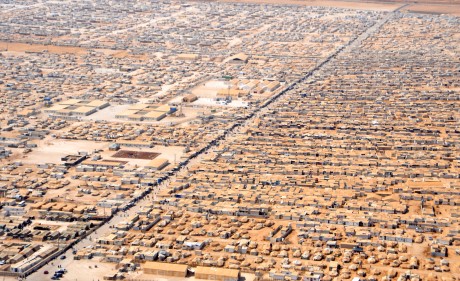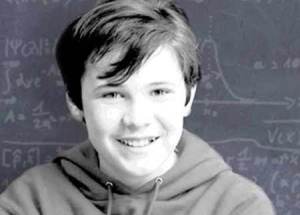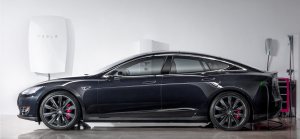“Small steps will no longer get us to where we need to go. So we need to leap.” – Naomi Klein, award-winning journalist, author, and syndicated columnist
We are close to global catastrophe. Yet our political leaders don’t seem to feel a sense of urgency. Fortunately, public engagement is growing, and this just might be what it takes to give leaders the license they need to leap.
The Doomsday Clock, a tool used by The Bulletin of Atomic Scientists to rate how unsustainable our current human endeavors are, still sits at three minutes to midnight. This year’s announcement began with a statement that says it’s “an expression of dismay that world leaders continue to fail to focus their efforts and the world’s attention on reducing the extreme danger posed by nuclear weapons and climate change. When we call these dangers existential, that is exactly what we mean: They threaten the very existence of civilization and therefore should be the first order of business for leaders who care about their constituents and their countries.”
The atomic scientists call for an immediate and sharp reduction in greenhouse gas emissions.
Thomas Walkom, National Affairs Columnist for The Star, notes on April 27 that both Alberta Premier Rachel Notley and Justin Trudeau “say that the only way Canada can afford to build a green economy free of fossil fuels is by exploiting and expanding fossil fuel production.” And, “while both agree that climate change poses an immediate threat to Canada and the world, both also say governments must not move too quickly to meet that threat.”
Into this discouraging situation bursts The Leap Manifesto: A Call for a Canada Based on Caring for the Earth and One Another. The document was a collaborative project involving representatives from Canada’s Indigenous rights, social and food justice, environmental, faith-based and labour movements. Initial signatories include Roy McMurty, retired judge and former Progressive Conservative MPP, and Clayton Ruby, Canadian lawyer and activist, specializing in constitutional and criminal law and civil rights, along with 48 other notable Canadians. As of early May, there were almost 40,000 signatories. I’m proud to say I’m one.
This concise non-partisan document – only two pages long – manages to cover a wide range of issues: improvement of human rights, development of local resiliency, electoral reform, the end of austerity, transition to clean energy, climate change preparedness and reduction of corporate interference in national autonomy, particularly as it relates to the protection of the environment and public safety.
In an attempt to be concise, the authors have confused some people over the breadth of issues addressed in the Manifesto. Critics see the Manifesto as a smorgasbord of unrelated ideas. What they fail to understand is that the transition to a sustainable way of life, one that provides lasting prosperity for all, is primarily a socio-political challenge. (The Solutions Project, which involves Mark Jacobson, Director of the Atmosphere and Energy Program, Stanford University, claims that the technology already exists to rely entirely on renewable energy sources, and this can be achieved by 2050.) No, it’s primarily the willpower to act that is lacking.
Making drastic changes requires widespread public engagement. For people to care, they need be freed from the anxiety of just trying to get by. To engage in politics – by voting for something rather than against something else – they need to feel that their vote counts. Then, as long as we still have retained sovereignty over own domestic decision-making, politicians will have the social license they need to act.
Well, politicians take note. Despite relentless negative media coverage, an April 2016 EKOS poll found that a little over half of Canadians had heard of The Leap Manifesto, and of those, support for it outweighed opposition by over 2-1 for the progressive party supporters, and even 20% of Conservatives endorsed it. Overall, support equaled opposition at 40% a piece. (Note that in 2011, the Harper Conservative government won a majority with 39.62% of the vote.) As Canadians learn about the Leap Manifesto, support will grow. Go to https://leapmanifesto.org for all the details and add your support.
The sooner we leap the better.
This article was first published in the June/July 2016 issue of North Simcoe Life.















